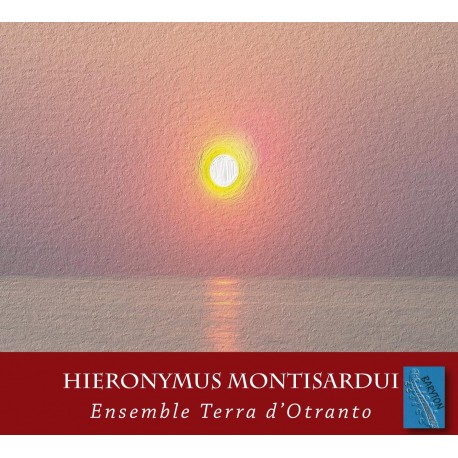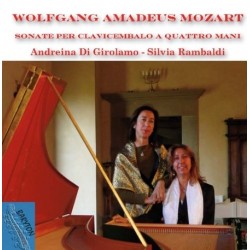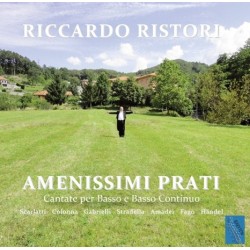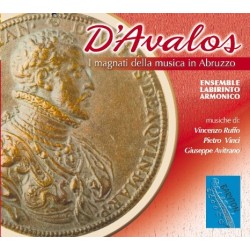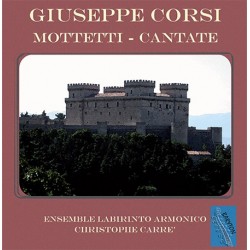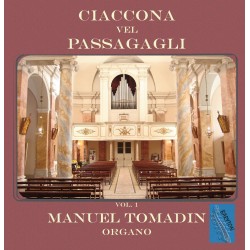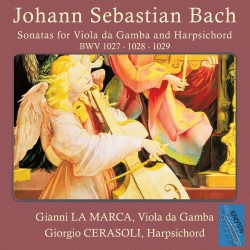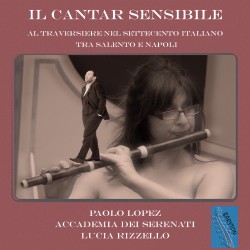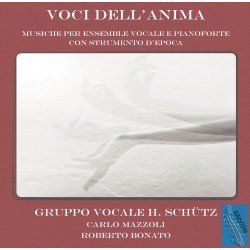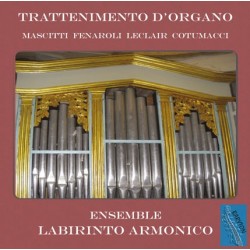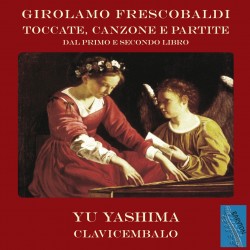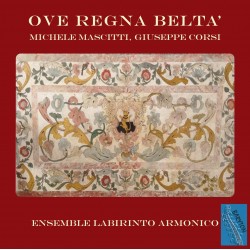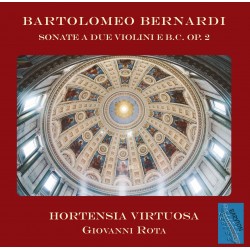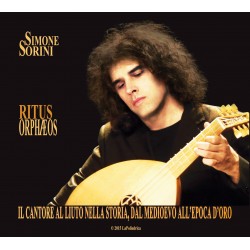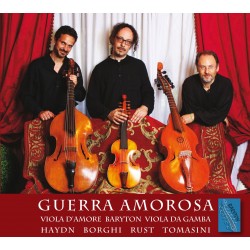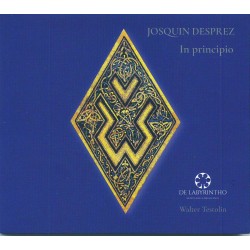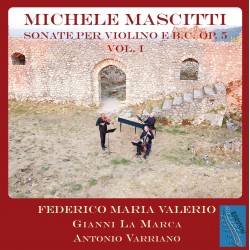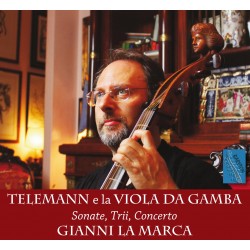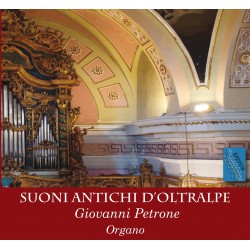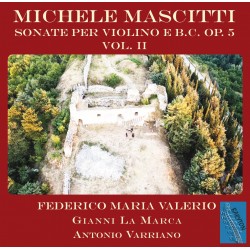No products
Early Music CDs
Top sellers
-

JOSQUIN DESPREZ - In Principio
De labyrintho The subject of the present disc are motets by Joaquin that...
16,00 € Tasse incluse -

GUERRA AMOROSA
Raffaele Tiseo - Viola d'Amore Gianni La Marca - Baryton Marco Ottone -...
15,00 € Tasse incluse -

CHE TI GIOVA NASCONDERE
Monophonic ballads and instrumental istampitte from Italian Ars Nova XIV...
15,00 € Tasse incluse -

DE DIVINA PROPORTIONE
Complete recording of Urbinate Latin manuscript 1419 of the library of...
12,00 € Tasse incluse -

LA DOLCE VISTA
Rondeaux ballads and also contained in the 1411 code of the library of...
16,00 € Tasse incluse
Viewed products
-

HIERONYMUS MONTISARDUI
Gerolamo Melcarne “Il Montesardo”...
HIERONYMUS MONTISARDUI
CDA0013
New product
Gerolamo Melcarne
“Il Montesardo” (Montesardo, 1580 ca – Lecce?, 1642 ca) between Firenze, Napoli and Terra d’Otranto
476 Items
By buying this product you can collect up to 1 loyalty point. Your cart will total 1 loyalty point that can be converted into a voucher of 0,20 €.
More info
Gerolamo Melcarne was probably born around the 1580s in Montesardo, a little village of Messapian origins in the Capo di Leuca. In order to start a musical career, Melcarne became a cleric and learned the art of counterpoint. He also became a skilful Spanish guitar player.
The year 1606 finds Melcarne in the most important Italian music places (Venice, Mantua, Florence…). He gets in touch with the leading characters of the cultural and artistic renewal led by the Camerata dei Bardi: poets and musicians such as Giulio Caccini, Jacopo Per, Giovanni de’ Bardi, Alberigo Malvezzi, Giovanni del Turco and many others. During that period, Montesardo prints his early works: El Primero libro de la cançiones villanellas, and la Nuova Inventione d’Intavolatura Per sonare li balletti sopra la Chitarra Spagniula, senza numeri e note. Montesardo owes his current (and maybe then) fame to this latter work. It’s made of a collection of dances and arias in vogue between the late fifteenth century and the sixteenth century (Bergamasca, Follia, Ruggiero, Ballo del Granduca, Sarabanda, etc.) and represents the first example of alphabetical tablature for Spanish guitar. Furthermore, for the first time in printed works in Italy, there are Ciaccona and Passacaglia, dances of Spanish origin.
From April to September 1607, Melcarne works as a singer in the chapel of San Petronio in Bologna. In 1608, he becomes music director, “maestro di cappella”, in the cathedral of Fano and has published his opus VIII, the Ecclesiastici Concentus. In the same year, he publishes l’Allegre Notti di Fiorenza. This work pays tribute to the Tuscan city with a “musical journey” through its most typical places, where the “most excellent musicians” play. It represents Montesardo’s support for the new musical style, the monody, which he will have the opportunity to take again and improve four years later in I Lieti Giorni di Napoli.
In 1609, he becomes maestro di cappella of the cathedral of Ancona. In 1611, he moves to Naples where his opus XI, I Lieti Giorni di Napoli, will be printed a year later. In a Neapolitan musical environment still bound to polyphony, the intent of the composer is to spread the new way of singing in the Florentine style. Until then, in Naples, only two collections of villanelle and monodic canzonette written by Francesco Lambardi had been published; this shows the importance of the opus XI in outlining a path to the development of new musical trends in the kingdom of Naples. In the same year, Montesardo comes back to Terra d’Otranto and takes care of the printing of a sacred work, Amphiteatrum Angelicum Divinarum Cantionum …, dedicated to Baron Angelo Gallonio of Tricase.
In 1619 he becomes maestro di cappella of the cathedral of Lecce, as we know from opus XVI, Paradiso Terrestre. During the following years, motets, vespers and masses come to light, the scores of which have been lost.
It is therefore legitimate to think that Gerolamo Melcarne spent the last years of his life in Terra d’Otranto, holding functions in the Church and bringing stylistic innovations that he learned during his journeys in the exclusive field of sacred music. We don’t have evidence that he actually managed to get the new musical ideas take hold in Naples and in South of Italy. Still, we are aware that the composer from Montesardo considerably contributed to the exchange of knowledge, forms and styles between the major musical Italian centres.
He was an eclectic figure who knew how to make his own what was in the “air” and who would propose it anew to the public, motivated by the willingness to make it popular.
Ensemble Terra d’Otranto
CRISTINA FANELLI (soprano)ALBERTO ALLEGREZZA (tenore);
ANGELO DE LEONARDIS (basso);
DORIANO LONGO (violino barocco);
LUCA TARANTINO (chitarra spagnola, tiorba in 3. 5. 11. 21.);
PIERLUIGI OSTUNI (tiorba);
CHRISTIAN ACCOGLI (organo, cembalo)
PUGLIA SOUNDS RECORD 2018
REGIONE PUGLIA - FSC 2014/2020 - PATTO PER LA PUGLIA - investiamo nel vostro futuro
Reviews
No customer reviews for the moment.
21 other products in the same category:




